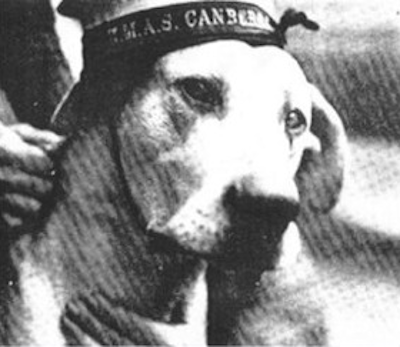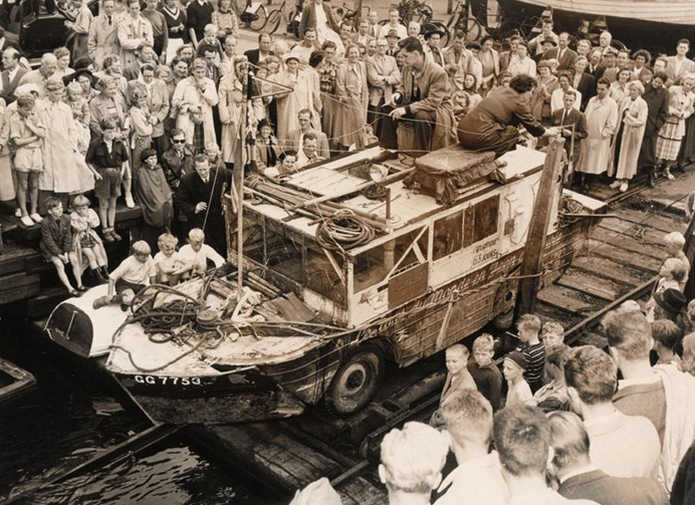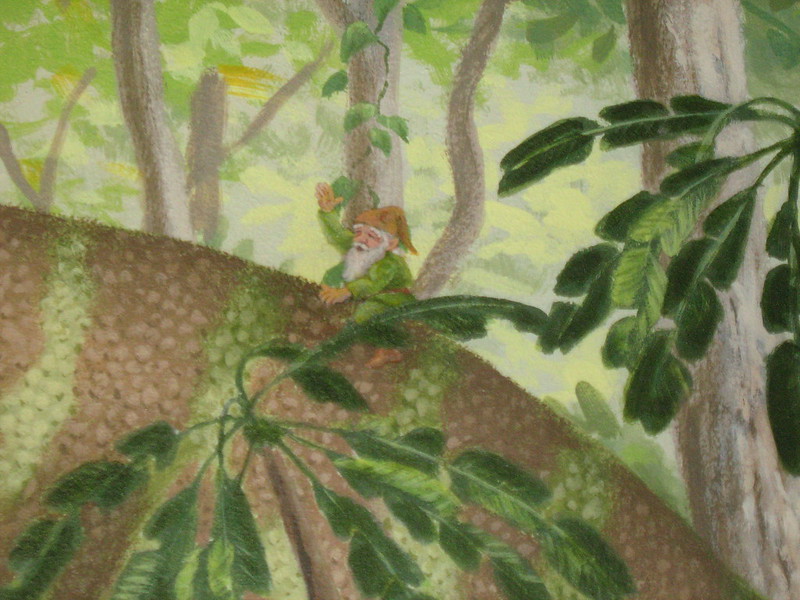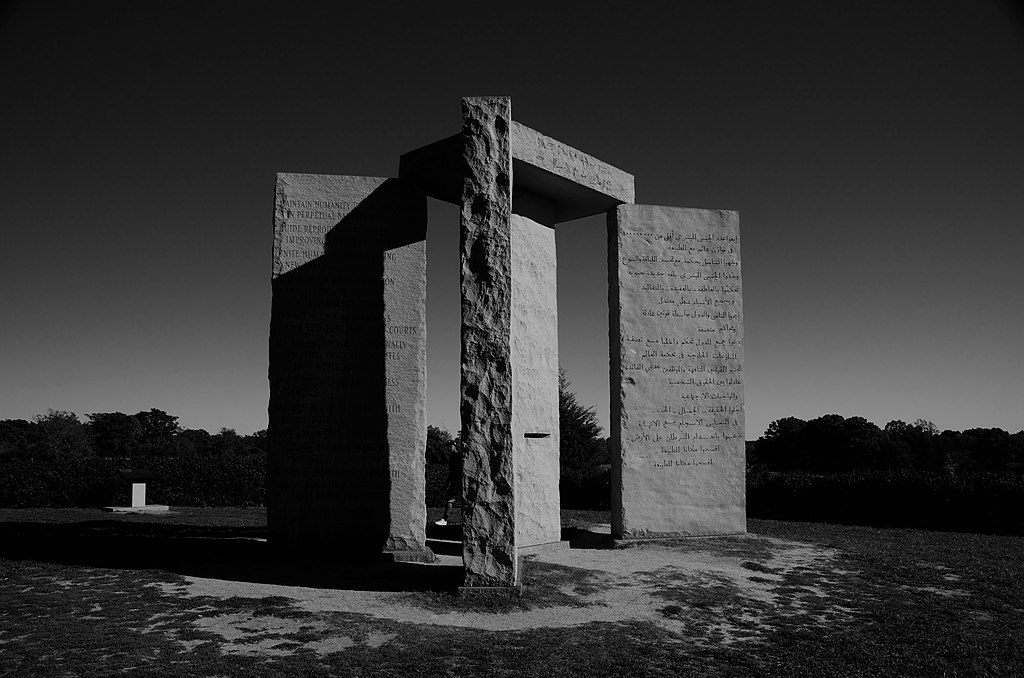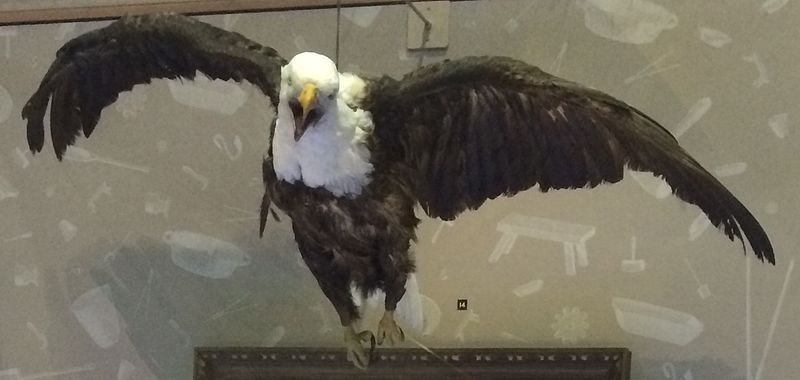New York zoning rules limit the height of skyscrapers, so Oiio Studio has proposed an innovative solution: Bend the building into a horseshoe. Designer Ioannis Oikonomou’s “Big Bend” building would be the “longest” building in the world, at 4,000 feet, but it would stand only 200 feet taller than One World Trade Center, currently the city’s tallest building.
“If we manage to bend our structure instead of bending the zoning rules of New York we would be able to create one of the most prestigious buildings in Manhattan,” the firm says in its building proposal. “The Big Bend can become a modest architectural solution to the height limitations of Manhattan.”
Whether that can be done remains to be seen. The project remains in the proposal stage.

